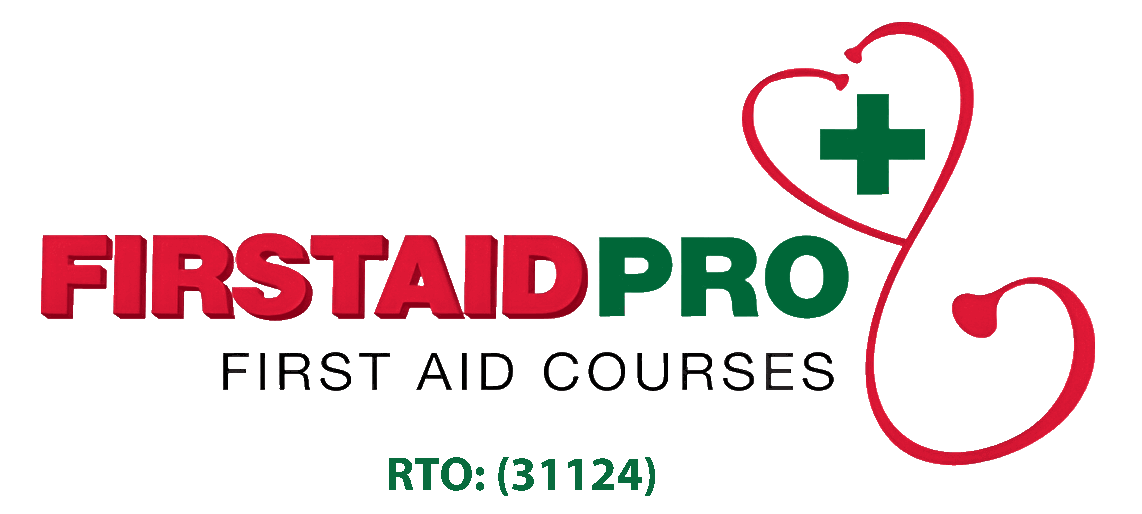One of the most common emergencies experienced by many Australians is home fires. In fact, more people die in residential fires on average than all natural hazards combined.
The good news is most of these fires are preventable.
We all have an important role in preventing home fires, especially during winter when cases are on the rise. Read on for more tips on fire prevention and first aid safety.
Home Fires in Australia
A moment of carelessness and lack of preparation can cause a fire inside a home and engulf it completely. This often results in various health complications, loss of lives, or at the very least, destruction of what has taken a lifetime to create.
The report shows that the number of home fires is declining in some parts of Australia. However, the risk remains, and the causes are changing.
Some of that decline is due to modernised and more reliable fire safety equipment, which helps contain small fires before they spread.
Here are some facts about fires that could help you understand how to prevent them.
- Fire is fast spreading. In less than 30 seconds, a small flame can spread and become a major fire.
- Fire is hot. In fact, heat is more threatening than flames.
- Fire is deadly. The smoke and toxic gases from the fire kill more people than flames.
Every second counts in the event of a home fire. Know what to do before, during, and after to help you get out of your home quickly and safely.
What to Do in a Home Fire
Before the fire
- Install smoke alarms that are in good condition. Change the batteries regularly.
- Keep the matches and lighters away from young children.
- Have fire extinguishers and fire blankets in your come. This will help you contain the fire before it spreads throughout the house.
- Create a home fire escape plan. Pull together everyone in your household and plan the possible exits and escape routes you can take in a fire.
- Save the emergency number of the local fire department or memorise it.
- Practice the ‘stop, drop, cover and roll’ drill at least twice a year.
After the fire
- Find a safe place to stay. If the damage is severe, most likely, you cannot stray in your own home. Reach out to friends and family, or talk to the local disaster relief agency.
- Protect your home from severe weather and unlawful entry.
- Take care of your mental health. Disasters can make it difficult for others to cope. Avoid self-blaming and stress, and seek support if you have difficulty coping.
- Call triple zero (000) for emergency services for severe burns and injuries. If the injury is minor, apply first aid at home.
First Aid for Burn Injuries
Apply these steps in treating minor burns.
Stop the burning process.
Remove any clothing or jewellery near the burnt area. However, do not remove anything stuck to the skin, as it can cause more damage.
Cool the burn
Hold the area under cool, running water for about 15 to 20 minutes after the injury. Cooling the burn will limit the damage and prevent it from getting worse. Then use a cool burn gel compress or a clean wet cloth to cover it.
Do not break blisters.
Blister formation after the burns protects the injury from infection. If a blister does break, gently clean the area with water. Apply antibiotic once the wound is clean.
Apply bandage
Cover the burn site with a clean bandage. Ensure to wrap it loosely to avoid putting too much pressure on the injury. A bandage will help keep air off the area, reduce pain, and protect the blistered skin.
Take pain relievers
Take a non-prescription pain reliever (Ibuprofen, naproxen sodium, or acetaminophen) if needed.
First Aid Tip: Seek medical attention for third-degree burns or if the burn covers a large part of the skin. Also, if the burn occurs in sensitive parts of the body like hands, feet, face, genitals, and joints.
Learn First Aid
Step up with your fire safety and prevention by enrolling in a first aid course.
Learn how to treat burns, prepare for a natural disaster, or respond to an emergency.
Visit our course page for more information.
